Let’s live and let live with spiders
Many people have a knee-jerk fear of spiders. These arthropods are, however, harmless and play an essential role in the balance of nature. Strictly carnivorous, spiders eat, daily, the equivalent of 10% to 20% of their own weight.
Without them, gardeners would be using a lot more pesticides and the environment would be infested with insects and other tiny creatures.
Eight legs, three or four pairs of eyes, spinners that produce a strong, elastic silk… spiders are impressive. Their jaw has a pair of chelicerae with fangs able to inject venom, but their bite is unlikely and not dangerous, other than that of some exotic species.
Many spiders spin sticky webs in the grass, between branches, on tree bark or under the porch, close to lamps that attract insects. Immobile on their webs, they await the vibrations caused by their victims. Others hunt by lying patiently in wait for the passing of a prey, which they catch after a short pursuit.
With its fangs, the spider injects its victim with digestive enzymes and then sucks out the liquefied interior of its body, leaving behind only an empty shell.
Eat or be eaten
There are close to 700 species of spiders throughout Québec, living in a wide variety of habitats. Some live in our homes and make themselves useful by feeding on acarids (including dust mites), flies and other small arthropods. They are in turn food for many birds, reptiles, amphibians and small mammals.
The most impressive of Québec spiders, the fishing spider, can be up to 27 mm in length… plus its legs. This spider is usually found on the banks of watercourses and feeds on small fish. The smallest, called Mysmena quebecana, is unique to Québec, only 0.8 mm in length and found only in the parc national de la Yamaska.
The most common is undoubtedly the garden cross spider, which spins its web close to our dwellings and in our gardens.
Bearing in mind their indispensable ecological role, it is essential that we protect spiders. Let them live by avoiding crushing them or their nests and webs, and by reducing the use of insecticides. Take time to observe them and you’ll discover a fascinating world.
The arthropods gallery at Mont-Tremblant’s Animalium presents several exotic spiders including the trap-door spider and the black widow.
By the same author: The dandelion (Click the image below)

Jacques Prescott131 Posts
Jacques Prescott est biologiste, professeur associé à la Chaire en éco-conseil de l’Université du Québec à Chicoutimi. Spécialiste de la biodiversité et du développement durable, il est l’auteur de nombreux livres et articles sur la faune et la conservation de la nature. Il nous fait l’honneur de rejoindre notre équipe de collaborateurs et signera chaque mois une chronique intitulée Faune et flore. / Jacques Prescott is a biologist, associate professor with the Chair in Eco-Counselling of the Université du Québec à Chicoutimi. A specialist in biodiversity and sustainable development, he is the author of numerous books and articles about wildlife and nature conservation. He has honoured us by joining our team of contributors and will write a monthly column entitled Wildlife and Habitat.
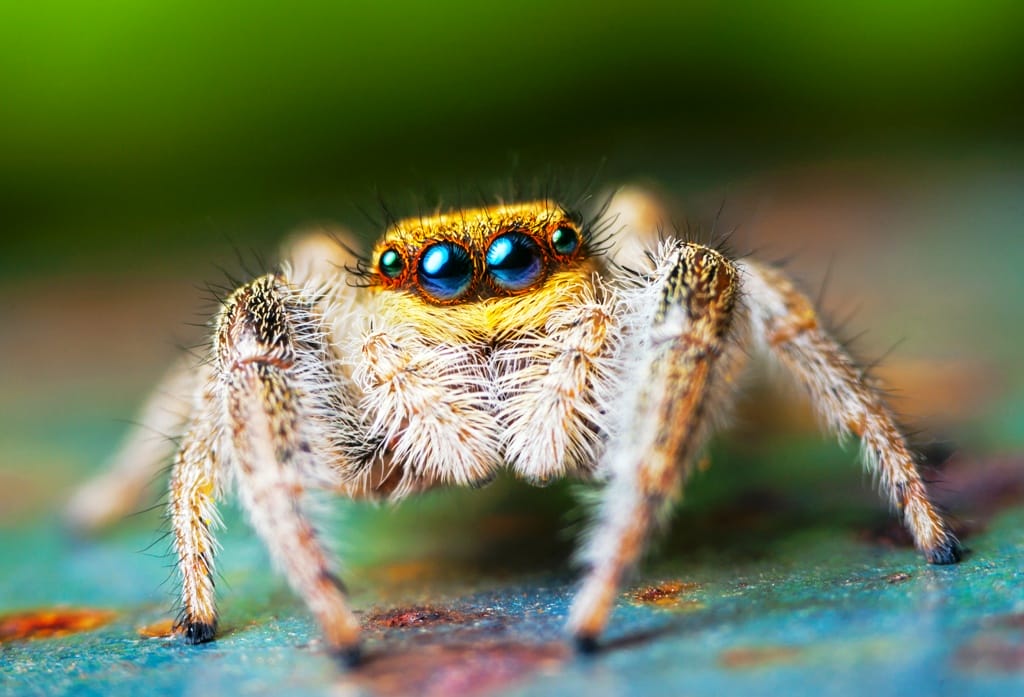
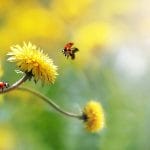


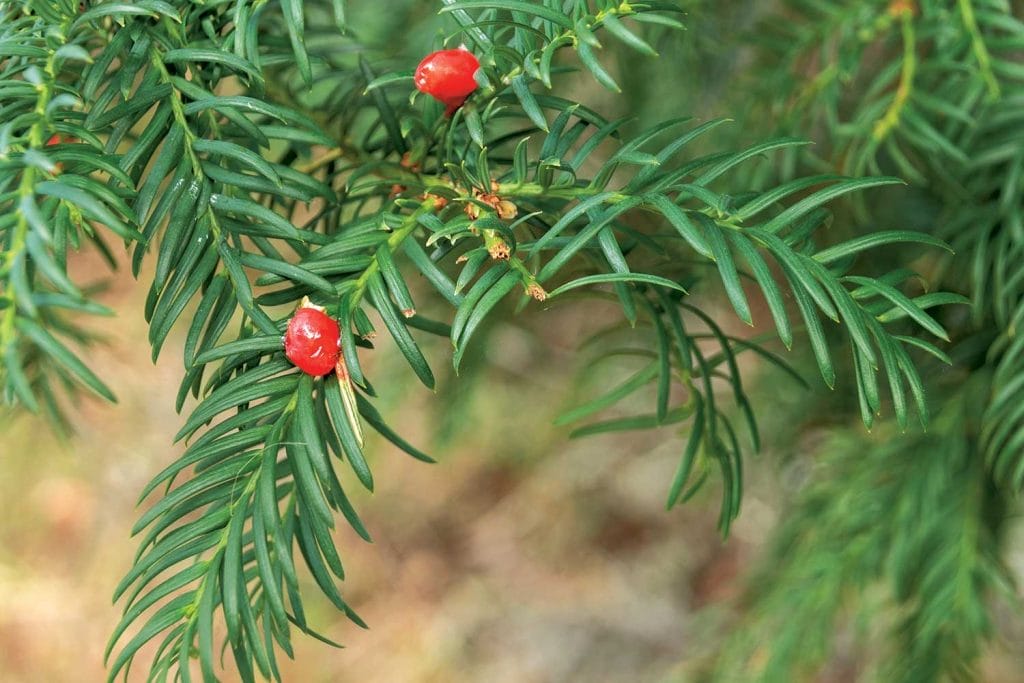
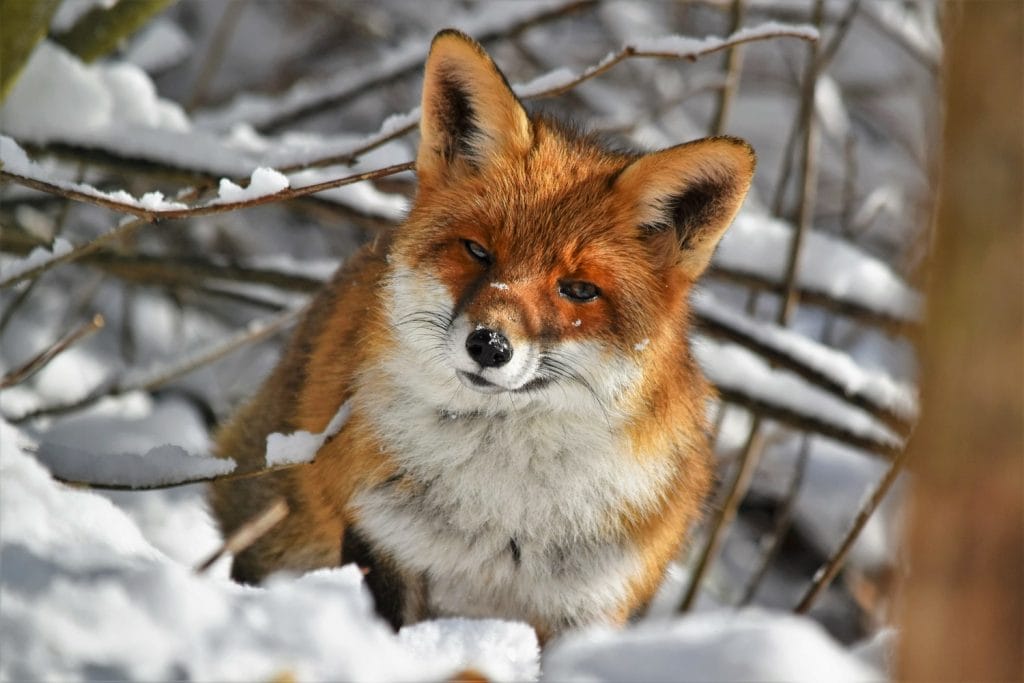
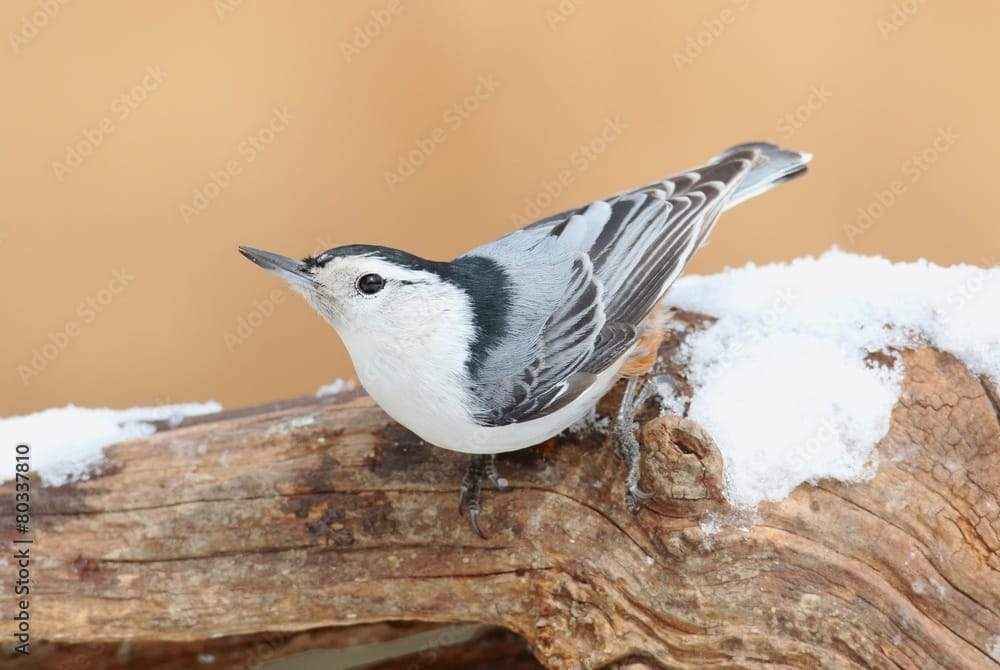
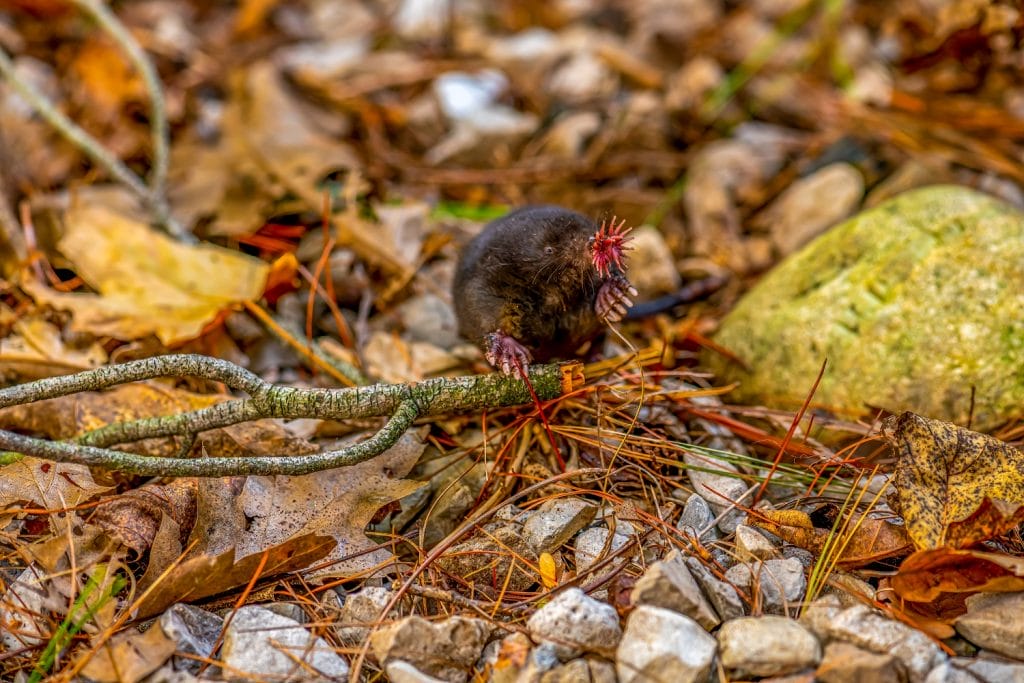
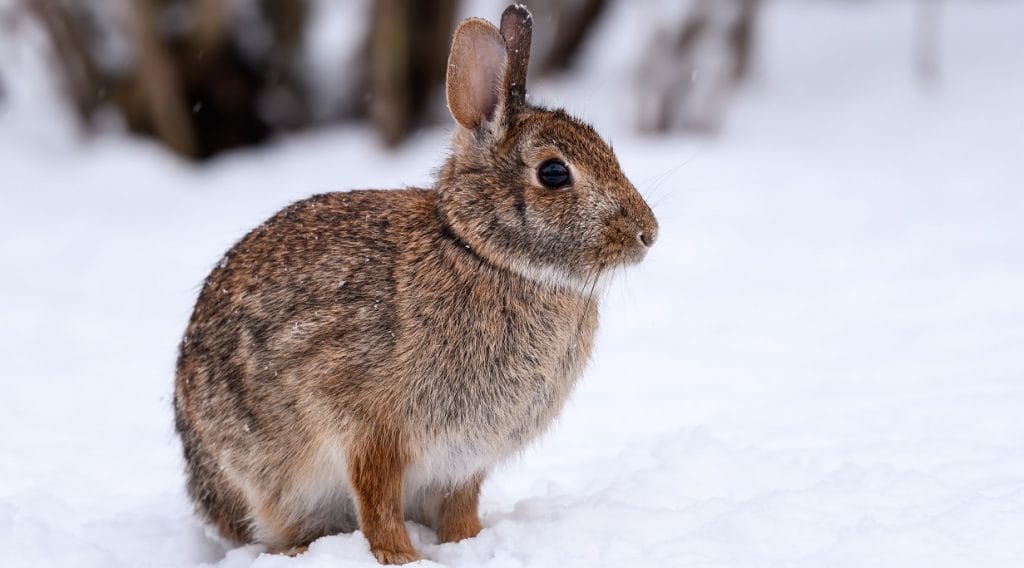
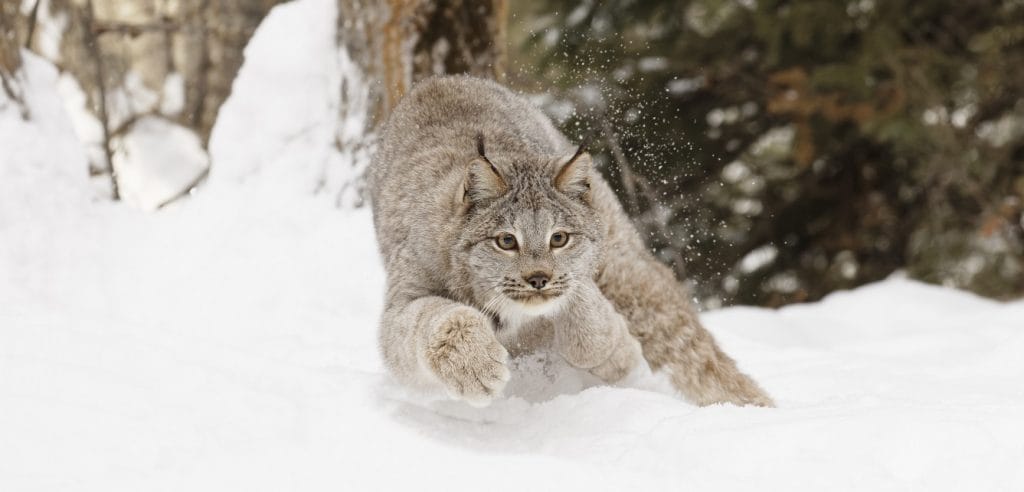
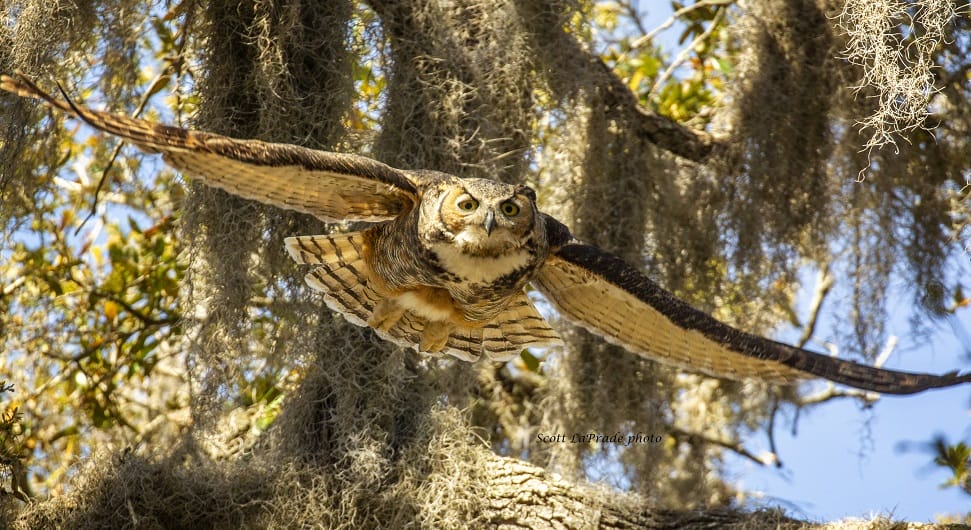
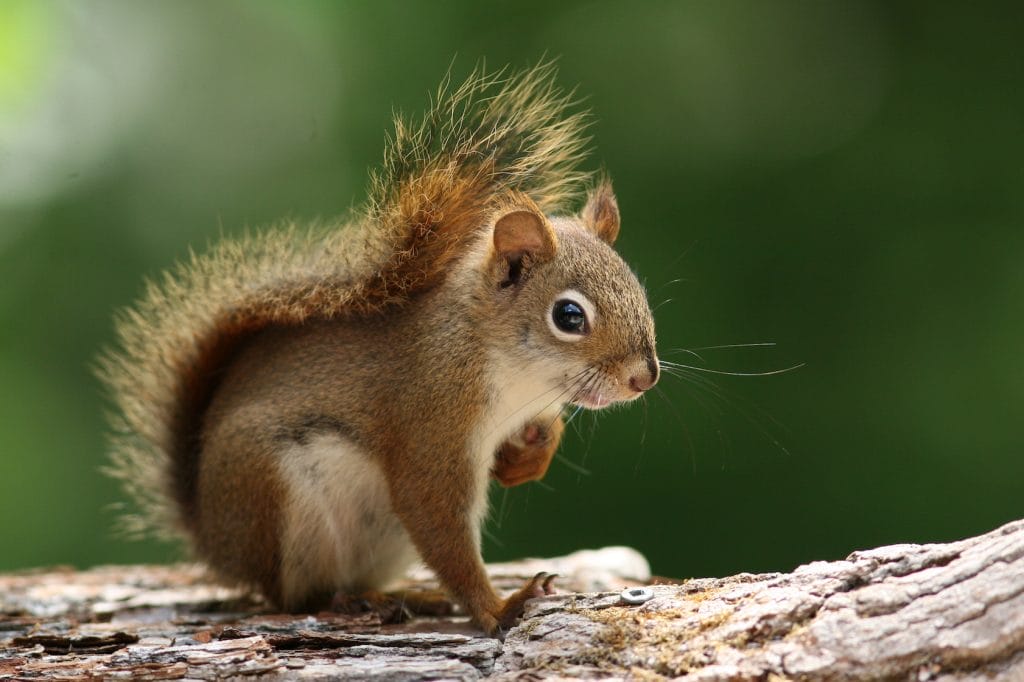
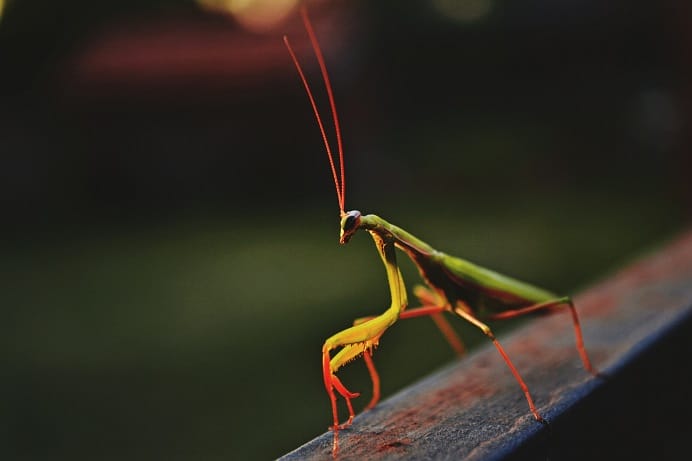
0 Comments